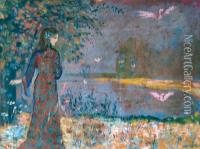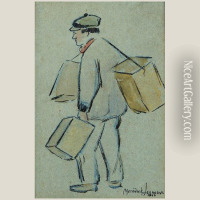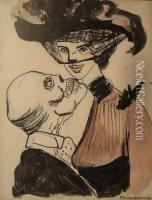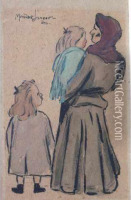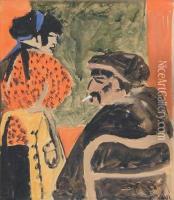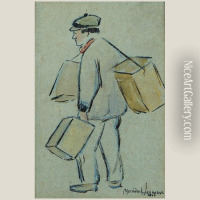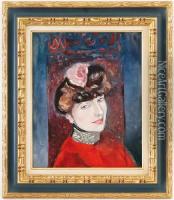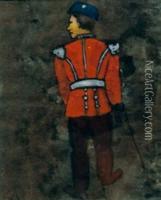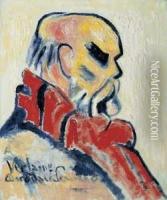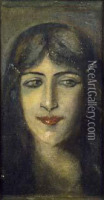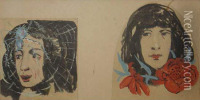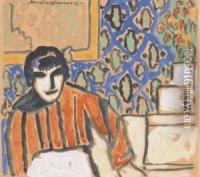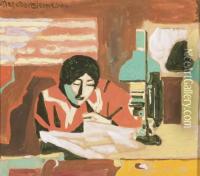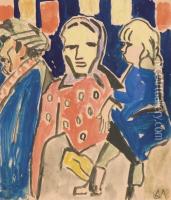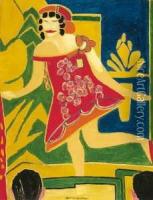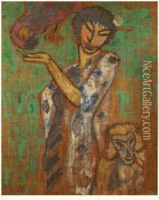Alexis Merodack-Jeanneau Paintings
Alexis Mérodack-Jeanneau was a French artist known for his role in the early 20th-century avant-garde movement in France. Born on April 21, 1873, in Angers, France, Mérodack-Jeanneau was initially drawn to the arts through his early education and exposure to the rich cultural heritage of his region. He pursued his artistic training at the École des Beaux-Arts in Paris, where he was influenced by the academic traditions of the time. However, as his career progressed, Mérodack-Jeanneau became increasingly engaged with the burgeoning avant-garde scene, which sought to break away from the constraints of academic art.
Mérodack-Jeanneau was known for his versatility, working in various mediums such as painting, drawing, and engraving. Throughout his artistic journey, he experimented with different styles, including Symbolism, Impressionism, and eventually Fauvism, showing a bold use of color and dynamic brushstrokes that characterized the latter movement. His works often portrayed landscapes, still lifes, and figures, reflecting his fascination with light, form, and the emotional expressiveness of color.
During his lifetime, Mérodack-Jeanneau was an active participant in the Parisian art scene. He exhibited his work at the Salon des Indépendants and the Salon d'Automne, two key venues for avant-garde artists to showcase their works outside the conservative Salon de Paris. His circle included many notable artists of the era, and he engaged in intellectual exchanges that furthered his artistic development.
Despite his contributions to the art world, Mérodack-Jeanneau's career was cut short by his untimely death on October 29, 1919, in Angers, at the age of 46. Though he did not achieve the same level of fame as some of his contemporaries, his work has been recognized posthumously, and he is considered an important figure in the development of modern art in France. His legacy continues to be celebrated through exhibitions and scholarly research, which shed light on his artistic achievements and the broader historical context in which he worked.
